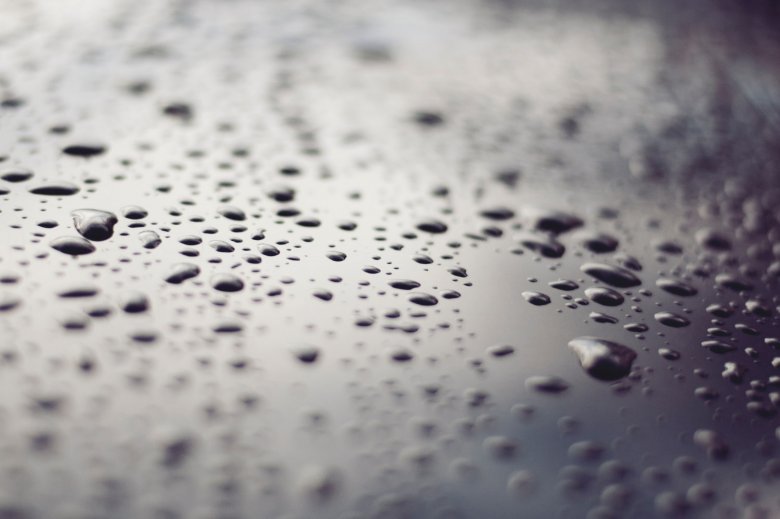Damp and mould: what to do about it

2 Apr 2025
Condensation occurs when moisture builds up in your home, usually either from high levels of humidity and/ or a lack of ventilation. This can lead to damp and mould, so it is important to take steps to minimise this wherever you can:
- Keep a window open and the kitchen door closed when cooking to stop moisture spreading to the rest of the house. Use lids on pans wherever possible too
- Do not dry clothes on radiators as this causes excess moisture to build up in your home causing condensation and mould
- After bathing, open your windows or turn on your extractor fan to get rid of excess steam to allow your bathroom to dry out
- Ensure your bathroom door is closed when using a bath or shower and while it is drying out
It is better to keep heating on for longer on a lower setting to keep a property at an even temperature rather than fluctuating between hot and cold.
If mould begins appearing in your home, it’s important that you act quickly to avoid it spreading and becoming more serious. The best way to deal with mould is to wipe it down with anti-mould remover. It’s important to clean the area and vacuum afterwards to remove any spores.
If you’re a Squared customer and you are not able to treat any mould that develops or if you have repetitive issues, please notify us immediately so we can explore the issue quickly.
Please also notify us quickly if you should have any issues with your extractor fans, heating, windows or guttering in your home as these can all contribute to condensation issues.
For further advice on how to limit damp and mould, read through our quick guide linked below.
If you’re a Squared customer and are not able to treat any mould that develops or if you have repetitive issues, please notify us immediately so we can explore this issue quickly.



.png)



